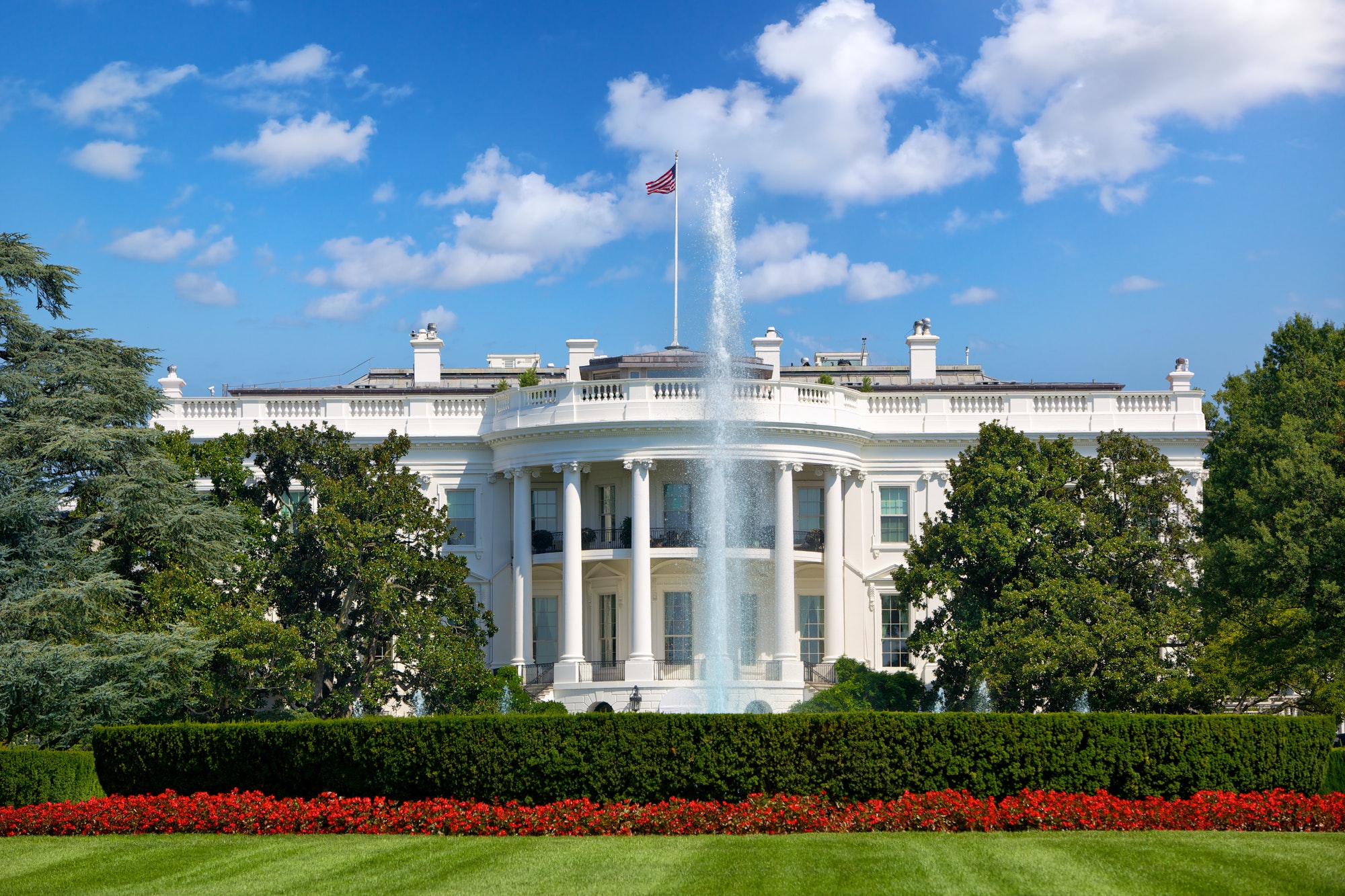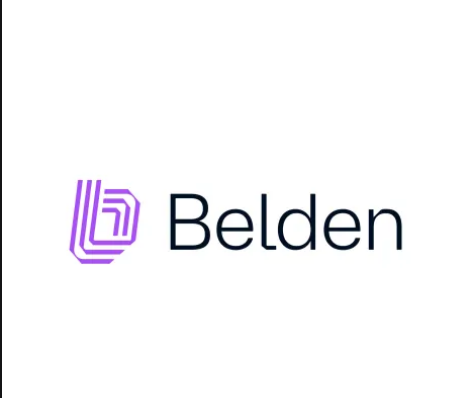Insider Brief
- The White House released the United States Government’s National Standards Strategy for Critical and Emerging Technology.
- The strategy is aimed at strengthening American technology’s foundation and safeguard consumers while promoting U.S. leadership and competitiveness.
- The report specifically calls out the critical role quantum technology will play in strengthening the U.S. innovation ecosystem and global competitiveness.
The White House released the United States Government’s National Standards Strategy for Critical and Emerging Technology (CET) aimed at strengthening American technology’s foundation and safeguard consumers while promoting U.S. leadership and competitiveness in international standards development.
According to a fact sheet from the White House, the strategy emphasizes the federal government’s support for international standards for CETs, which will accelerate private sector-led standards efforts, contribute to interoperability, and promote U.S. competitiveness and innovation.
The report specifically calls out the critical role quantum technology will play in strengthening the U.S. innovation ecosystem and global competitiveness. Quantum technology provides solutions to some of the most challenging problems in scientific research, such as simulation, optimization and cryptography.

The strategy focuses on four key objectives to prioritize CET standards development: investment, participation, workforce and integrity and inclusivity.
To bolster investment in pre-standardization research and promote innovation, the Administration is calling on the private sector, universities and research institutions to make long-term investments in standards development. The government will also engage with a broad range of stakeholders, including foreign partners, to address gaps and bolster U.S. participation in CET standards development activities.
According to the administration, the U.S. standards workforce has not kept pace with the growth of standards organizations, particularly with respect to CETs. The U.S. Government will invest in educating and training stakeholders to more effectively contribute to technical standards development.
Ensuring the standards development process is technically sound, independent and responsive to broadly shared market and societal needs is vital for the country, the fact sheet states. The government intends to harness the support of like-minded allies and partners to promote the integrity of the international standards system, ensuring that international standards are established on the basis of technical merit through fair processes that promote broad participation from countries across the world.
The American National Standards Institute (ANSI) coordinates the U.S. private sector standards activities, while the National Institute of Standards and Technology (NIST) coordinates Federal Government engagement in standards activities. Industry associations, consortia and other private sector groups work together within this system to develop standards to solve specific challenges.
The CHIPS and Science Act of 2022 provided $52.7 billion for American semiconductor research, development, manufacturing and workforce development, driving U.S. influence and leadership in international standards development. NIST provides a portal with resources and standards information to government, academia, and the public, and updates on the U.S. Government’s implementation efforts for the Strategy will also be posted to that portal.
The United States has joined like-minded partners in the International Standards Cooperation Network to connect government stakeholders with international counterparts for inter-governmental cooperation. Additionally, the U.S.-EU Trade and Technology Council launched a Strategic Standardization Information mechanism to enable transatlantic information sharing.
You can find the report online here.
For more market insights, check out our latest quantum computing news here.

















